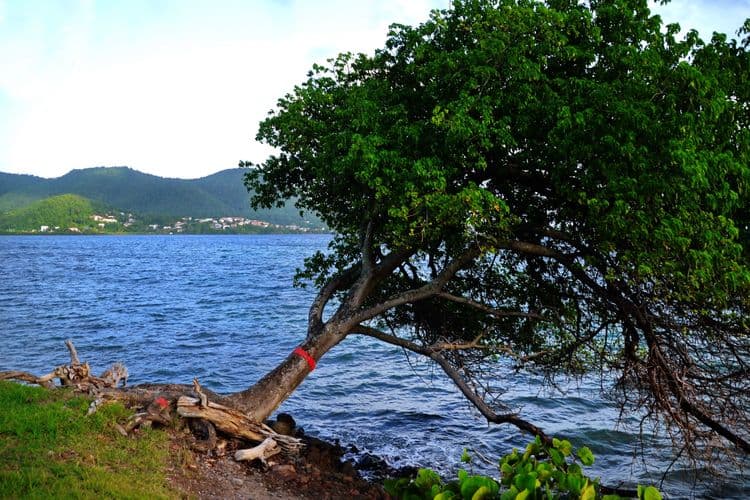The Manchineel tree is so poisonous that standing under it in the rain can cause severe burns and death. Native to the Caribbean and Florida, this innocent-looking tree produces toxins so powerful that even the smoke from burning its wood can cause permanent blindness.
Just touching the bark causes immediate blistering and severe burns. The tree's milky sap contains phorbol, a toxin so concentrated that a single drop can cause skin to bubble and peel away. Indigenous people used Manchineel sap to poison arrows, and Spanish conquistadors called it "the tree of death."
The fruit looks exactly like small green apples and smells sweet and appealing. But eating even a tiny bite causes immediate mouth blistering, throat swelling, and digestive hemorrhaging. Death typically occurs within hours from respiratory failure.
Standing under the tree during rain is potentially fatal because the water carries diluted toxins that can cause severe chemical burns across your entire body. The tree is so dangerous that many are marked with warning signs and red paint to alert tourists.
Modern scientists still can't fully explain how the Manchineel tree produces such concentrated toxins or why it evolved to be so aggressively poisonous. It's the only plant that kills without any physical contact—just proximity to its toxic presence.
The tree still grows wild in several Caribbean tourist destinations, making it one of nature's most dangerous hidden threats.





